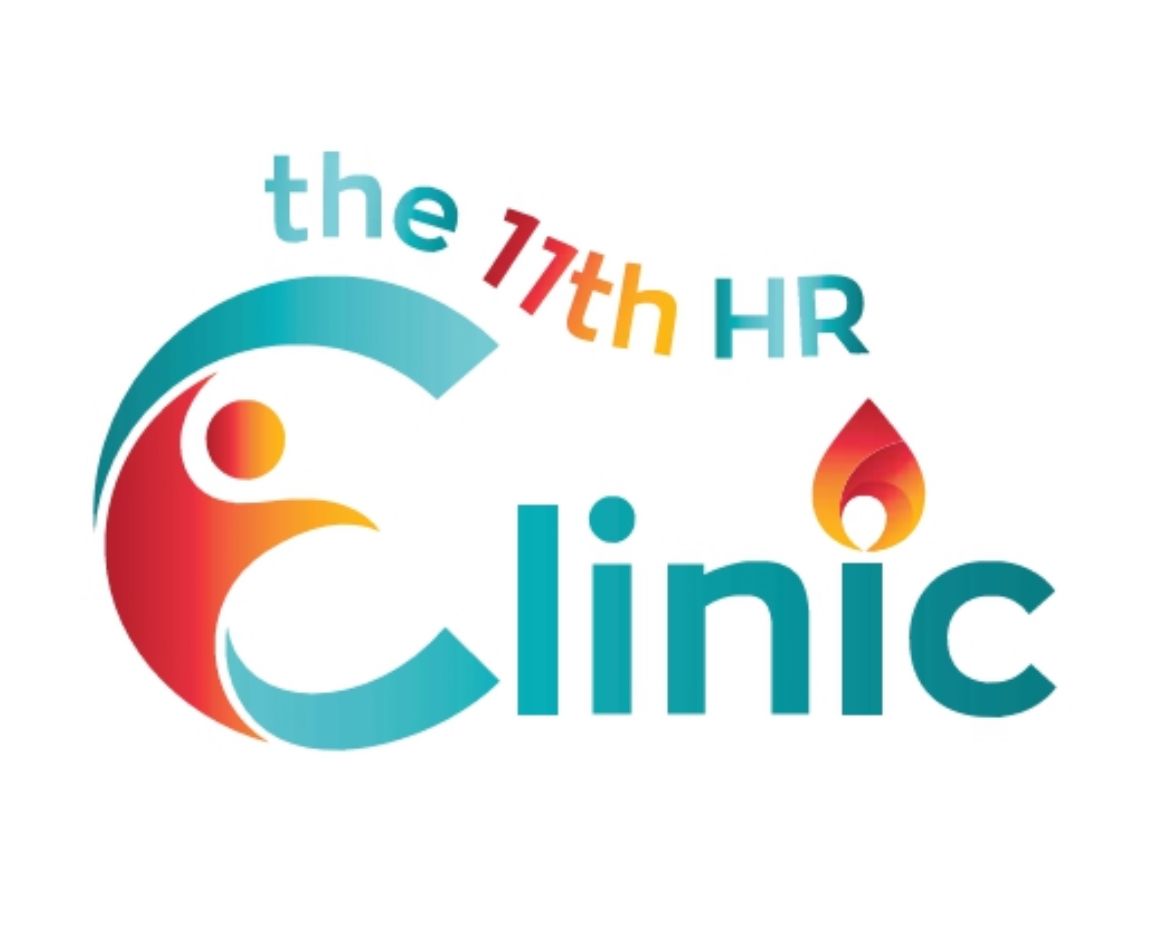Understanding Invisible Disabilities
4.4 million Australians have a disability, 90% are invisible
An invisible disability is a condition or impairment that is not always immediately apparent to others. Unlike visible disabilities, such as those requiring the use of a wheelchair, invisible disabilities often go unnoticed, even though they can significantly impact an individual’s daily life. There are 4.4 million Australians with a disability, and over 90% of these are invisible, or not obvious to most people.
Living with an invisible disability often means facing both personal and social challenges, in addition to complexities related to heath care. Many people with invisible disabilities do not get the support they they need, often due to misunderstandings and challenges with communication, in part due to experiences in adapting to the world whilst living with a disability, a lack of awareness from others regarding their condition, and also having to navigate environments that in their design make symptoms worse (not better). This can impact the mental health, quality of life, and overall well-being of someone with an invisible disability. Raising awareness, improving accommodations, and fostering empathy are essential to helping individuals with invisible disabilities thrive.
Some examples of invisible disabilities include:
- Chronic pain (e.g., fibromyalgia, arthritis)
- Mental health conditions (e.g., anxiety, depression)
- Neurodevelopmental disorders (e.g. ADHD, autism spectrum disorders)
- Neurological disorders (e.g., multiple sclerosis, epilepsy)
- Learning disabilities (e.g., dyslexia, dyscalculia)
- Hearing impairments (e.g. mild hearing loss, tinnitus)
- Autoimmune diseases (e.g., lupus, rheumatoid arthritis, coeliac disease)
- Women's health conditions (e.g. endometriosis, poly-cystic ovarian syndrome)
- Diabetes
- Chronic Fatigue Syndrome
Some invisible disabilities, like chronic illnesses or mental health conditions, can be difficult to diagnose. This can result in a long and frustrating journey to find the right diagnosis, leading to feelings of being unheard or invalidated by healthcare providers. Managing an invisible disability often involves ongoing medical treatment, therapy, or lifestyle adjustments, and treatment options may not always be effective, leaving people struggling to find relief or coping strategies.
These are conditions with no cure, and as such adaptions and accommodations are necessary to improve quality of life. Individuals with invisible disabilities might need flexible schedules, a quieter environment, or the option to work from home but face resistance or misunderstanding from employers or coworkers. Students with invisible disabilities may have trouble accessing appropriate accommodations in educational settings, like extra time on tests or specific learning supports, which can hinder academic success, unless accurate diagnosis and reporting is completed with an open, receptive and flexible educational environment. Many invisible disabilities come with symptoms that can be erratic or fluctuate in intensity (e.g., chronic pain, fatigue, or mood changes). This unpredictability can make it difficult for individuals to plan their days, resulting in missed work or social events, which can affect their relationships and career. However with psychological flexibility accomplishments can still be made, provided they are met with systemic flexibility also from their education providers or workplaces. Some days a person with an invisible disability may be experiencing overwhelm, yet look like they are functioning quite well, and as such trust needs to be built into these workplace and educational relationships when negotiating supports.
Managing a chronic health condition requires significant mental, physical, social and financial resources. Along with having limited legal options in relation to advocacy for needs assessments and accommodations, there are many barriers for individuals with invisible disabilities to having good quality of life. Since invisible disabilities aren't visible, people may not understand the severity or nature of the disability. This can lead to others dismissing the person’s struggles or assuming they are exaggerating. Others might perceive them as lazy or as if they are "faking" their symptoms, leading to emotional distress and isolation. Medical professionals, workplaces and educational institutions might question the legitimacy of an invisible disability because there are no clear external markers. This can make it harder for individuals to access appropriate care, treatments, or support. Despite this, many people with invisible disabilities live remarkable lives and are a testament to the development of resilience and growth of the human spirit that can be unearthed from within.
Progress is being made for people with invisible disabilities, with advocacy attempting to improve awareness such as the
Hidden Disabilities Sunflower movement. Advances in personalised medicine is also revolutionising the way we approach healthcare by focusing on the individual rather than the population as a whole. It's focus is driving more effective treatments, fewer side effects, and earlier diagnosis through the use of advanced technologies like genetic testing, biomarker discovery, and targeted therapies. Whilst challenges related to cost, accessibility, privacy, and scientific development still need to be addressed in order for personalised medicine to reach its full potential, it is working toward improving the lives of people with invisible disabilities.



